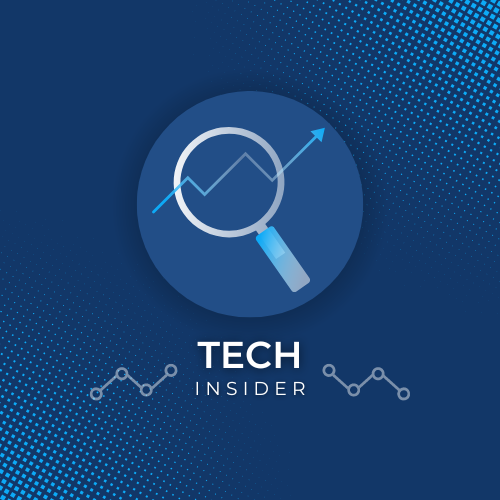Ubiquitous Connectivity:
In the future, connectivity will become even more pervasive, with virtually every device and object seamlessly interconnected. From household appliances and wearable devices to vehicles and infrastructure, everything will be part of a vast network of interconnected "smart" devices. This ubiquitous connectivity will blur the lines between the physical and digital worlds, creating a hyper-connected ecosystem where data flows seamlessly in real-time.
AI and Machine Learning Integration:
The integration of artificial intelligence (AI) and machine learning (ML) will be instrumental in unlocking the full potential of the IoT. AI algorithms will analyze vast amounts of data generated by IoT devices to derive actionable insights, optimize processes, and automate decision-making. This convergence of IoT and AI will lead to smarter, more adaptive systems capable of self-learning and continuous improvement.
Edge Computing Empowerment:
As IoT deployments continue to grow in scale and complexity, the demand for real-time processing and low-latency response will intensify. Edge computing, which involves processing data closer to the source, will play a pivotal role in meeting these requirements. By decentralizing computation and analytics, edge computing will enable faster response times, reduce bandwidth consumption, and enhance data privacy and security.
Enhanced Security Measures:
With the proliferation of IoT devices comes heightened concerns about security and privacy. In the future, we can expect to see a greater emphasis on robust security measures to safeguard IoT ecosystems against cyber threats and vulnerabilities. This may include the adoption of blockchain technology for secure data transactions, the implementation of advanced encryption techniques, and the development of stringent regulatory frameworks.
Interoperability and Standardization:
The IoT landscape is currently fragmented, with a myriad of proprietary platforms and protocols hindering seamless interoperability. However, in the future, there will be a concerted effort towards standardization and interoperability to enable greater compatibility and collaboration across different IoT ecosystems. Open-source initiatives, industry consortia, and international standards bodies will drive this push towards interoperability, facilitating the development of cohesive IoT solutions.
Sustainable IoT Solutions:
As concerns about climate change and environmental sustainability escalate, there will be a growing emphasis on developing eco-friendly IoT solutions. From energy-efficient devices and renewable energy integration to smart resource management and environmental monitoring, IoT technologies will be harnessed to address pressing environmental challenges. Sustainable IoT deployments will not only reduce carbon footprints but also drive cost savings and promote responsible consumption.
Human-Centric Design:
In the quest for technological advancement, it's crucial not to lose sight of the human element. Future IoT solutions will prioritize human-centric design principles, focusing on usability, accessibility, and inclusivity. User experience will take center stage, with intuitive interfaces, personalized interactions, and proactive assistance enhancing the overall user experience. Empowering users to control their connected environments while respecting their privacy and autonomy will be paramount.




.jpeg)

0 Comments